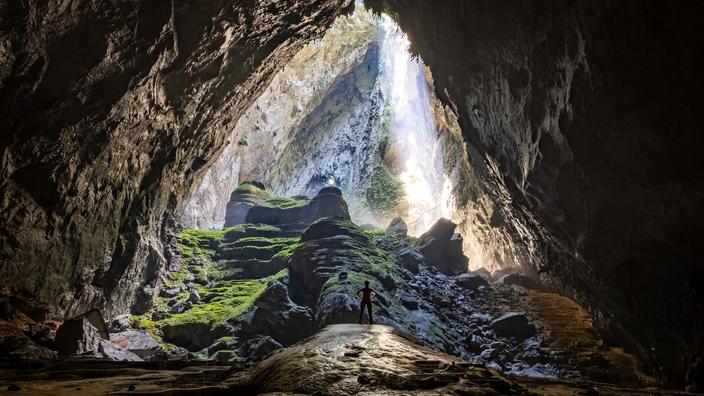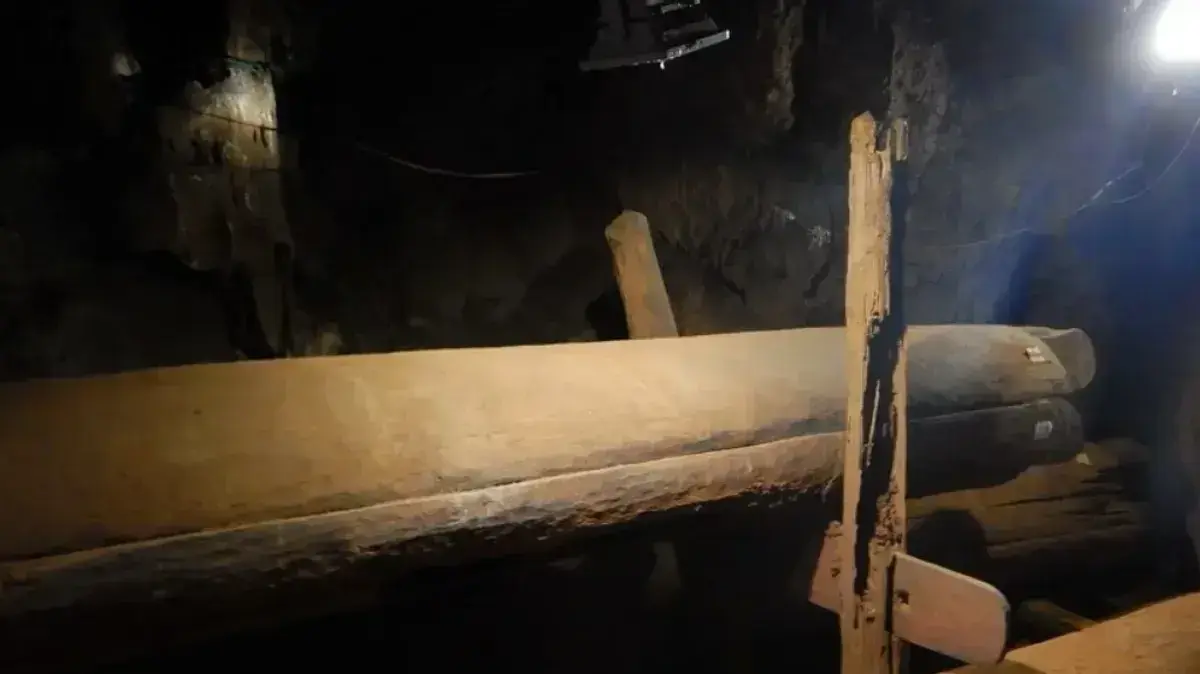Vietnam, 1991. Ho Khanh, a local harvester, accidentally discovers the entrance to a cavity, hidden in the Phong Nha-Ke Bang National Park, classified as a UNESCO World Heritage Site.
He tries to get back to it but is unable to find the hole, hidden in a thick jungle.
The site then falls back into oblivion.
Almost 20 years later, a team of British researchers spotted the entrance again and listed the cave, before partially opening it to tourists.
This underground maze, dug and eroded for millions of years, rises in places to 200 meters high.
Enough to contain a block of New York buildings with 40-story skyscrapers.
Inside, a tunnel of more than 5 kilometers, gigantic stalagmites and stalactites and a 90-meter-high calcite barrier, nicknamed the “
Great Wall of Vietnam
”.
Read also: Seven reasons to explore Vietnam (when possible)
From then on, only a travel agency, Oxalis, was authorized to show it.
One way to limit the number of visitors and not to repeat the same mistakes as in Ha Long Bay or on the beaches of Nha Trang, threatened by mass tourism.
The precious sesame to enter Son Doong comes at a price: between € 50 per visit and € 2,500 for four days of exploration.
"
I told the young people who show the cave that their first duty was to protect the environment so that the operation of the site also benefits our children," said
Ho Khanh, now 52 years old.
Guides, porters or owners of small accommodation for tourists: nearly 500 locals live today thanks to Son Doong and the other gigantic cavities in the national park.
A godsend in this remote and particularly poor central region of the country.
Give in to the promoters' sirens
In the past, young people would enter the national park to illegally chop the precious agarwood, used in making incense.
Others hunted endangered species of civets and porcupines.
"We were always under threat from the rangers (and) we were not doing anything good for nature,
" said Ho Minh Phuc, a former wood cutter turned porter for groups allowed to explore the cave.
But threats to the site remain great, as Unesco points out in a 2019 report. A cable car project to Son Doong has been abandoned, but another to go to a cave 3.5 kilometers east. still under study.
This will cause "
a radical change in the nature of the tourist offers proposed (...) and will certainly have irreversible impacts on the largely virgin environment
" of the site, warned Unesco.
Read also: Cruise aboard the “vintage Indochina”
The pandemic is hitting tourism in Vietnam hard: the number of foreign visitors fell by nearly 80% in 2020 compared to 2019, when the country welcomed 18 million foreign visitors, a record.
The economic stakes are such that, as soon as the health crisis ends, Vietnam could give in to the sirens of the promoters and develop infrastructures around the cavities of the park, warn the experts.
The authorities have put in place "
very good protection policies, but often they ignore them
" and do not take them into account in reality, notes Peter Burns, a consultant who worked on a sustainable tourism project in Vietnam.
For the Phuc wearer, it is crucial that the post-pandemic does not drag Son Doong into mass tourism.
"
That would be terrible
", this natural wonder will shrink like sorrow in a few years and our livelihood will disappear, he is alarmed.













